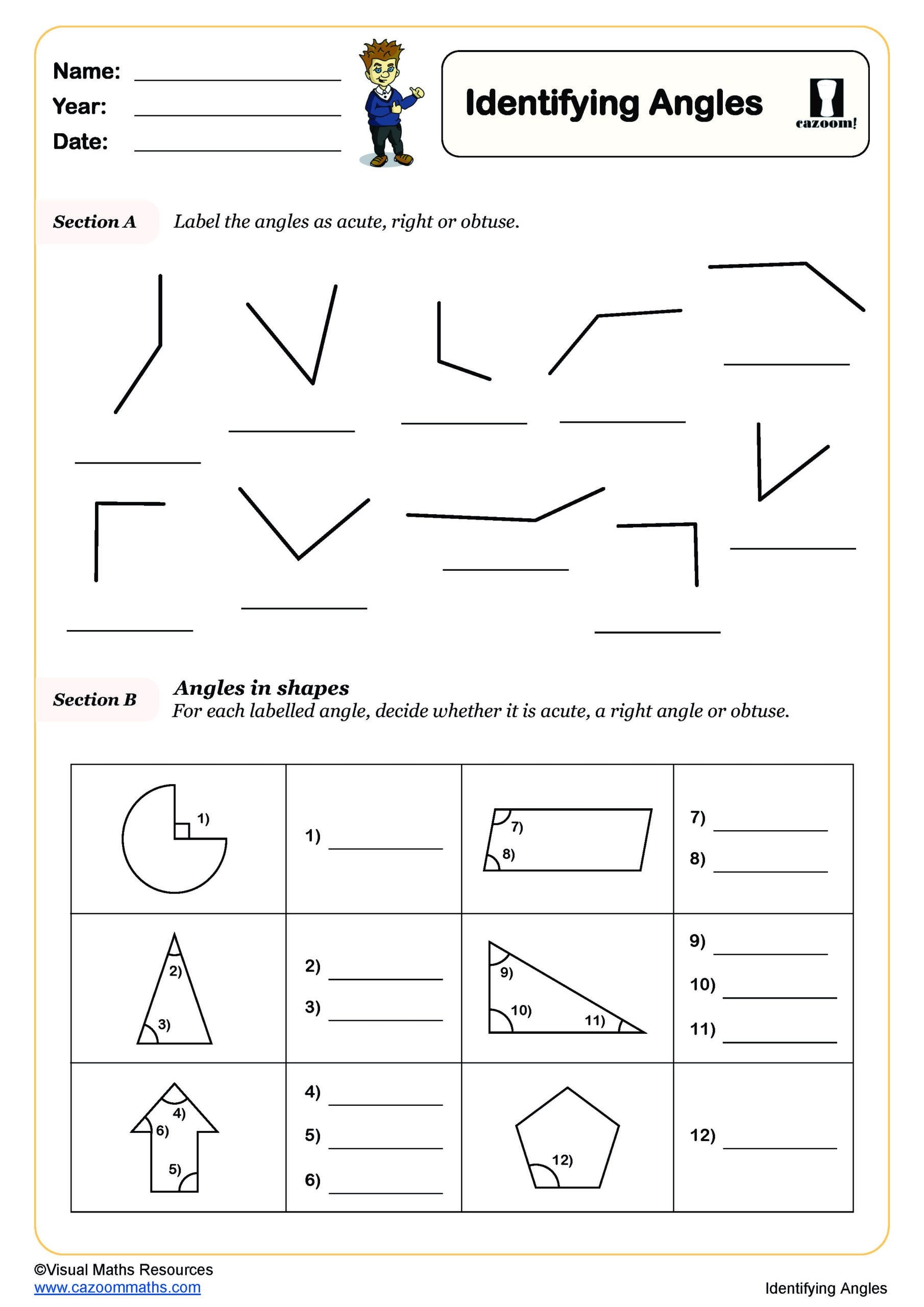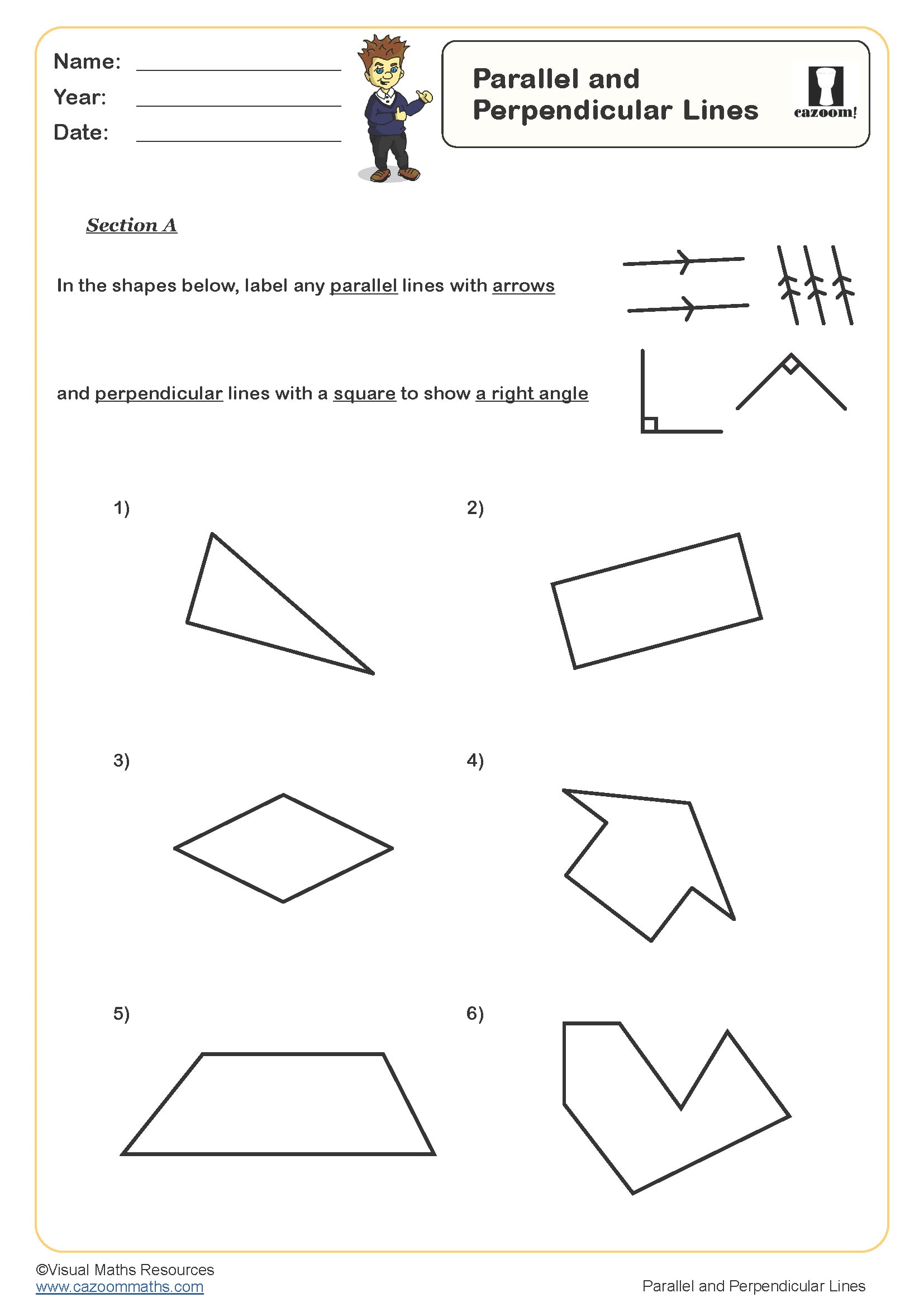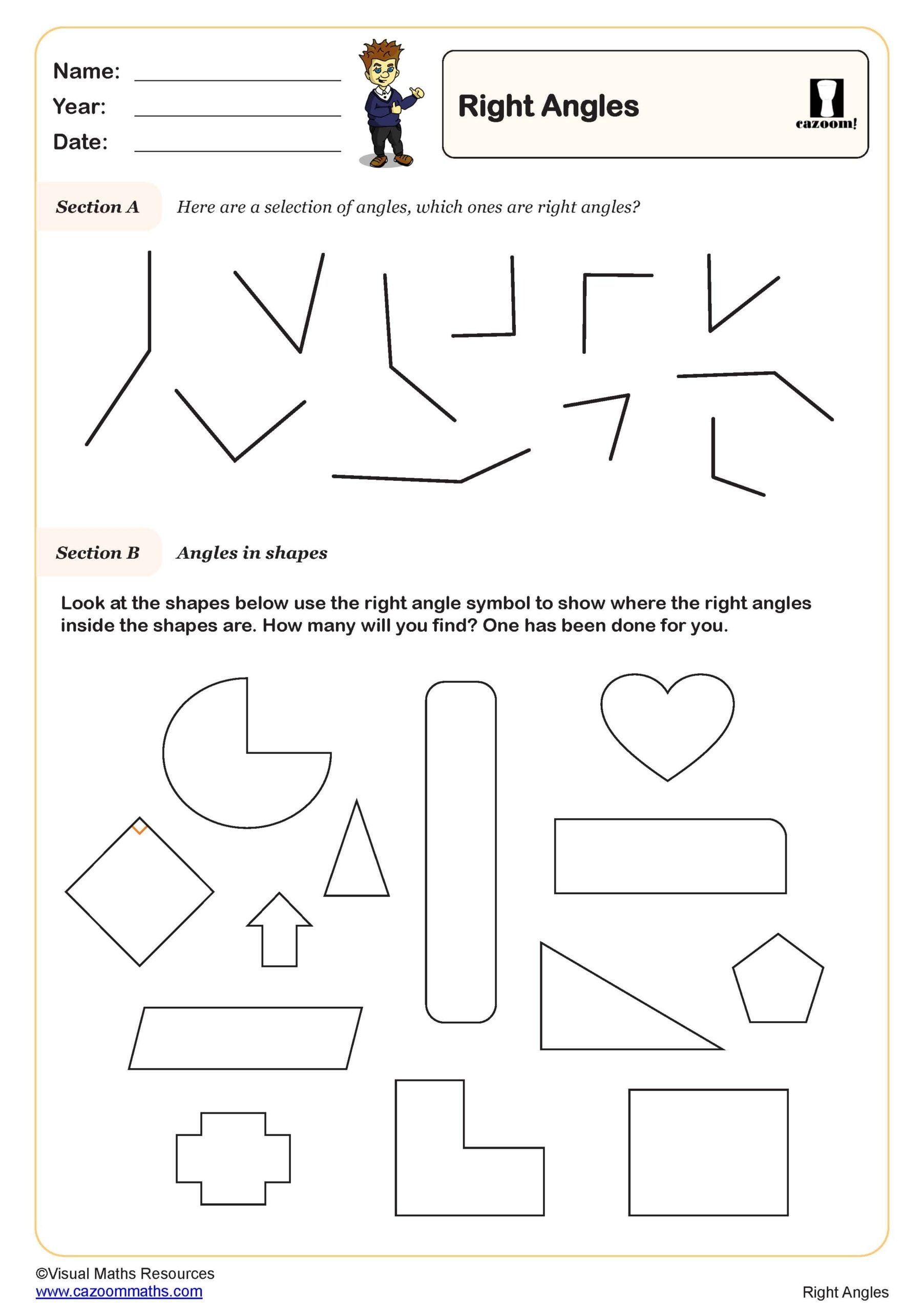Year 3 Angles Worksheets
Complete Year 3 Angles Collection with Detailed Answer Keys
These year 3 angles worksheets provide everything teachers need - detailed PDF resources with comprehensive answer keys, three difficulty levels, and progressive skill building you can download and use immediately. We have developed these classifying angles worksheets after extensive classroom testing across 12 different schools.
What makes our collection different:
• Printable PDF format - no prep time, just download and go
• Visual and practical activities that engage reluctant mathematicians
• Three differentiated levels in each angle's worksheet with answers in a PDF
• Common misconception guidance supporting teacher confidence
Each worksheet on angles for grade 3 learners includes visual identification, practical measuring activities, and real-world classification tasks that align perfectly with National Curriculum requirements.
How These Types of Angles Worksheets Build Mathematical Confidence
Understanding angles represents a significant leap in Year 3 mathematical thinking. We're moving students from 2D shape recognition into spatial reasoning, where we see the most "light bulb moments" but also the biggest struggles.
Our Proven 3-Step Teaching Approach
Step 1: Real-world recognition - Students hunt for angles around the classroom using familiar objects (book corners = right angles, pencil tips = acute angles, open doors = obtuse angles)
Step 2: Hands-on practice - Paper folding and physical tools before abstract worksheets
Step 3: Independent application - Structured worksheet progression with immediate feedback
We have found that students actually grasp angle classification much faster when they can physically manipulate materials first. Teaching experience shows us this approach connects mathematical concepts to everyday observations that make sense to 7 and 8-year-olds.
Real Classroom Success
What really delighted us during testing was watching students spontaneously identify angles everywhere. Sarah, a typically reluctant mathematician, suddenly exclaimed, "Miss, the roof makes an acute angle!" during an unrelated lesson. Teachers consistently tell us students ask for "more angle work" - something we definitely didn't expect!


